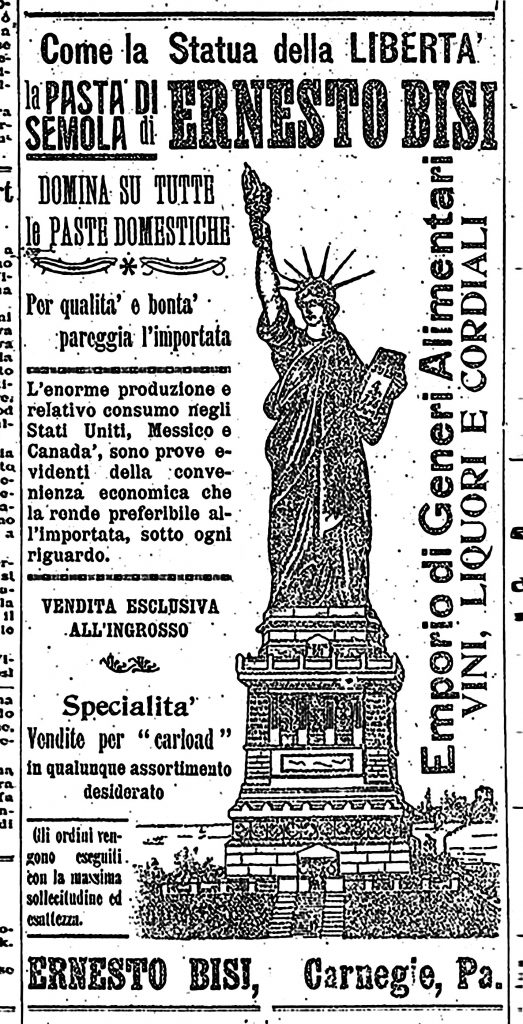Research

My research focus centers on migration, food, and gender, and on transnational, global, and interdisciplinary approaches. I am also interested in public history and have contributed to public-facing digital humanities projects in immigration and food history.
Most of my work has been on the foods, identities, and experiences of Italian migrants, one of the most mobile groups in the age of mass proletarian migration in the late nineteenth and early twentieth centuries. I am interested in the trade routes in food products opened up and sustained by working-class migrants and how migrants form their consumer habits and identities around these foods and ingredients from their home regions. I explore formations of national and transnational identities and how those identities work in conjunction with gender, race, ethnicity, and class to influence migrants’ experiences in the Americas.
My first book, Migrant Marketplaces of the Americas: Food and Italians in North and South America (University of Illinois Press, 2018), examines connections between Italian people and trade products, particularity food items, in Italy, the U.S., and Argentina. I use the term “migrant marketplaces” as a model for studying cities like New York and Buenos Aires, spaces constituted by linkages between mobile people and goods that transformed migrants’ consumer practices, food cultures, and identities. The book is particularly invested in explaining change over time in the gendering of migrant marketplaces from the late nineteenth century, a period during which ties between migrants and food imports were masculinized and linked to Italian-empire building projects, to the post-World War I era, when migrant consumption became increasingly moored to femininity and a united Italian identity. I explore transatlantic processes that influence the development of migrant foodways and trade routes, while articulating nation-specific experiences rooted in the ethno-racial, political, and economic differences between the U.S. and Argentina.
My recent edited collection (co-edited with Irina D. Mihalache), The Bloomsbury Handbook of Food and Material Cultures (Bloomsbury Academic, 2023), was inspired by my interest in connections between food and people on the move, and my experience as a postdoctoral fellow at the Culinaria Research Centre at the University of Toronto, Scarborough. The volume features contributions by scholars, museum professionals, chefs, and activists who engage with food as an active agent that produces, preserves, and disrupts identities, communities, economic systems, and social practices.
I have contributed an essay on immigrant foodways and culinary exchanges during the Great Depression to What America Ate, an online archive and interactive website about food during the 1930s. Recently, I have edited a forum for Global Food History featuring short essays by several ODU M.A. students who used sources from the digital archive to write on issues race, gender, sexuality, and regionalism around food in the 1930s and early 1940s. I’m currently participating in another digital humanities project lead by historian Benjamin Bryce at the University of British Columbia and in collaboration with the Museo de la Inmigración in Buenos Aires. The Immigrant Pantry, part of the larger Bridge to Argentina (Puente a Argentina) virtual museum, describes the histories of foods Italians brought with them, made in Argentina, or experimented with and embraced once they arrived.
My current book project, Commercial Airlines and the Shaping of US Immigration during the Cold War, explores the influential role played by the U.S. aviation industry in constructing the U.S. as a “nation of immigrant” demographically, as a major transporter of migrants to the country; legally, in collaboration and contestation with the federal government and the Immigration and Naturalization Service; and culturally, as a leading postwar powerhouse in the realms of taste, travel, and tourism.
I am co-editor of two, peer-reviewed history publications:
Global Food History (Taylor and Francis)
Studies in Global Migration History book series with Brill

